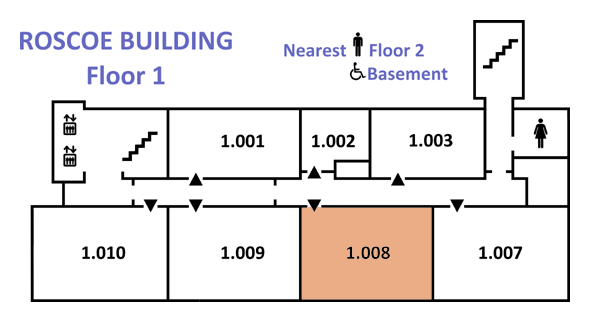
|
iCHSTM 2013 Programme • Version 5.3.6, 27 July 2013 • ONLINE (includes late changes)
Index | Paper sessions timetable | Lunch and evening timetable | Main site |

|
iCHSTM 2013 Programme • Version 5.3.6, 27 July 2013 • ONLINE (includes late changes)
Index | Paper sessions timetable | Lunch and evening timetable | Main site |
Economics never was a neutral science. It always wavered between the ideological and the factual, and was in many cases both. This symposium will look at how economists developed blueprints to shape and explain the economic behavior of individuals and nations from the end of the nineteenth century into the decolonization period after the Second World War. The first session focuses on individual behavior, the second on national economies.
At the turn of the nineteenth century, the marginalist revolution in economics opened up a search for an explanation of economic behavior at the intersection of economics and psychology that was embedded in contemporary discussions on social and economic improvement. The nexus between psychophysics and industrial psychology infused debates in Germany on naturalistic interpretations of human behavior that culminated in the standard definition of the subject matter of economics as choice under scarcity. After the Second World War this definition was axiomatically reframed in terms of rational choice theory. The status of the axioms of rational choice, and the closely related notion of equilibrium, wavered between the normative and the descriptive. Discussions between the French mathematician and economist Maurice Allais and the American statistician Jimmie Savage, the work of Cowles Commission director Jacob Marschak, and floundering existence proofs of economic equilibrium in the 1950s and ’60s urged economists to reconsider the behavioral foundations of their discipline – a reconsideration that brings them back to psychology.
Trust in shaping economic life was perhaps greatest where economists for at least a period after the Second World War felt most secure: the new field of development economics and macro-economic planning. Development economics’ doctrine is that increases in welfare can be planned and accelerated through properly designed and implemented policies. This seemingly straightforward idea shall be deepened and disrupted through four case studies, from development economics’ natural habitat, its historical precursor, and the foundations of welfare in agriculture and the monetary system. Redrawing the boundaries of Poland at the Versailles Peace Treaty conference was not only a deliberate attempt at state formation, but also of large scale infrastructural economic planning. In the process of state formation in Ghana over the period from 1922-1966, tools of descriptive statistics and accounting turned into ideological tools of indoctrination for changing the values and beliefs of the Ghanaian citizens. The rediscovery of Alexandr Chajanov’s resistance to Soviet collectivization forced development economists to reconsider their emphasis on grand-scale agricultural reform projects as the self-evident road to progress. The last contribution examines the incapacity of the ‘developed world’ in setting policies that avoid financial crises and their ensuing large-scale annihilation of welfare.

